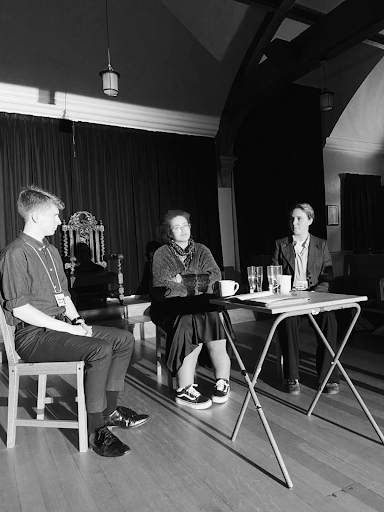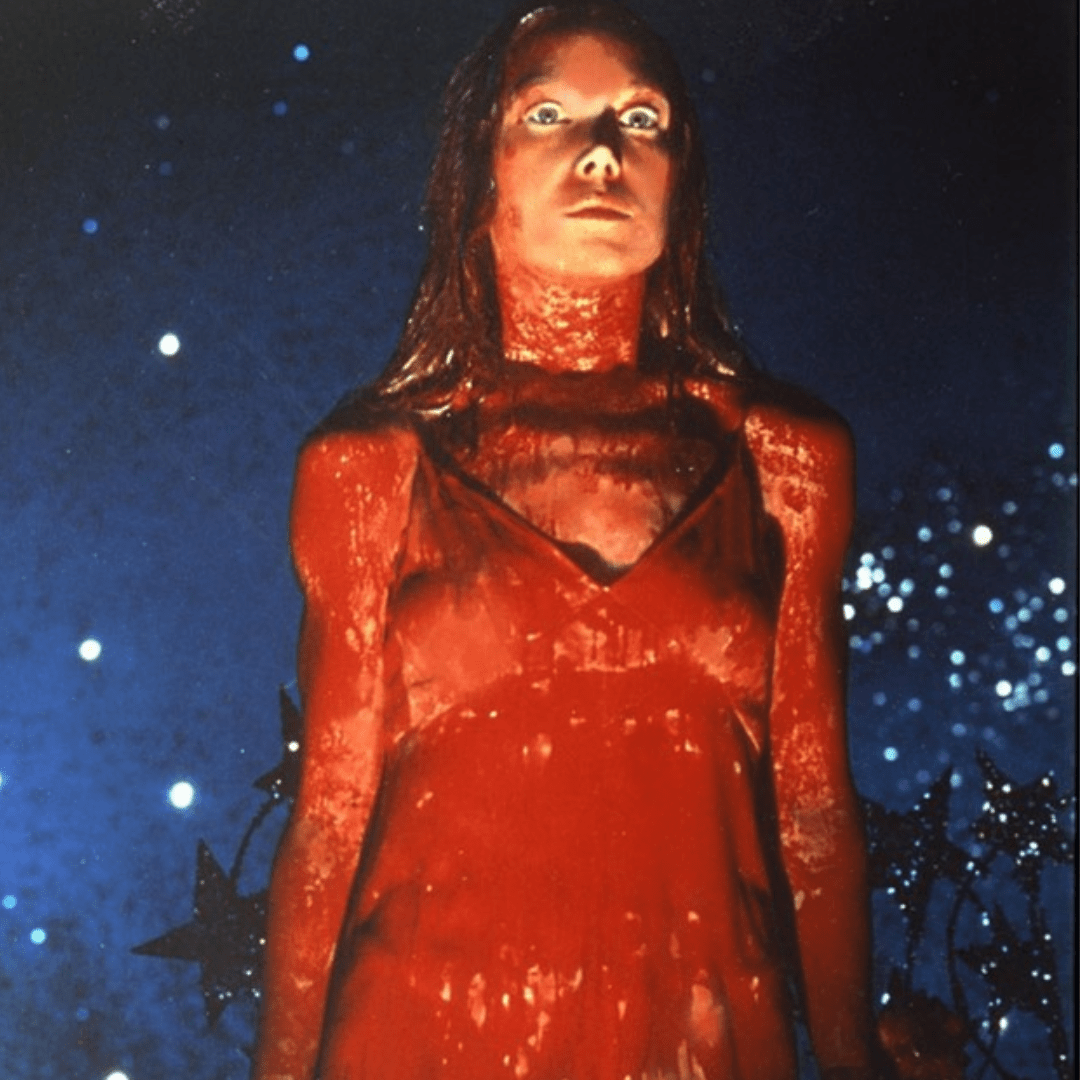By Zoe Worth
“A society suddenly saw what was intolerable in it and also saw the possibility for something else” (Gilles Deleuze)
“Birds fly, and far off” (Robert Grenier)
The events of May ’68 in Paris have been romanticised and permanently written into the national French consciousness. From memories of Marie Antoinette to the cultural and sexual upheaval of May 1968, rebellion has become an intrinsically French tradition. ’68, however, shatters the image of fruitless protest that many so often use to slate our European neighbours. May ’68 isn’t something that hums along in the evening news; it is something that has inspired an explosion in films, art, fashion and literature. The anti-structuralist rebels were fatally sanguine; they treasured the art that was born in tumult. This reflected a longing for a dream world and a rejection of the messiness of the real world. There was a rush of existentialism; law was no longer relevant. And so the students took to the streets. Soon the structures would be dismantled and slightly later, the walls would blossom with scrawled slogans like ‘Althusser is useless.’
May ’68 is often seen today as glamorously bereft of any significance:“In contemporary French politics, it is “often derided as ‘nothing’ but in such a way as to confirm that it really was ‘something’, although no one is ever quite sure what”. Raymond Aron’s reflections on ‘La révolution introuvable’ encapsulates the oblique sublimity of the events. The title translates to ‘The Nowhere-to-Be-Found Revolution’. Somewhat paradoxical, of course, since revolutions burn with a rebellious spirit and swarm the streets. They become the defining characteristic of the time. So why is it that a revolution that seemingly represented the dreams of an entire society, still cannot be found? Was it that an entire society was asleep? In a reluctant amnesia that negated reality, intoxicated with the spirit of rebellion yet slumbering, ’68 was as much a spiritual, philosophical, and sexual revolt as it was political. Some call it unapologetically ‘postmodern,’ shattering sacrosanct establishments and bringing a new sort of self-awareness. It brought stylistically subversive forms of rebellion. Often witty, ludicrous, and poetic; postmodernism was confrontational, it worked at the boundaries of taste. Elegant but also tongue-in-cheek, the contradictions were ceaseless. Politics was now art.
May ’68 was not a call for A Clockwork Orange- esque ‘lawlessness’ but rather an ’emancipatory politics’ charged with creative potential. Of course, May ’68 wasn’t only about dismantling laws … that wouldn’t exude such an allure. The elusive, opaque goals of the revolution were never really made clear. Were they pacifists crystallised in the Anti-Vietnam war sentiment? Were they existentialists? Were they there to simply speak? To be young? Their odyssey of self-determination was largely founded on an empty rhetoric, a rhetoric so impressionable that it was inherently irresolvable. Maybe this was precisely the point; it was a rhetoric that could transgress generations. The sixty-eighters tied themselves to certain dreams of being slightly radical. I think everyone can agree there is a lot of that today. I certainly can.
I came across a cool memoir by Suzanne Borde, who was a girl at the time of 68. She made herself a skirt “red—that only reached to here, and wrote along the bottom, in black marker, INDECENCY IS NOT IN THE CLOTHING BUT IN THE GAZE”. This is something I can only imagine seeing in a place like the Tate Modern in an exhibition on rebellious punk fashion or something like that. It recalls a Vivienne Westwood kind of swagger that you certainly wouldn’t encounter sauntering down the Bailey. Yes, even the stunning expressions of “It is forbidden to forbid” speak to us now, hardly resembling the empty clichés that you’d think at first glance. These slightly sickly, floral slogans such as “the tears of philistines are the nectar of the gods” aimed to encapsulate the fever of the time but also the thoughts of the people whose hearts were captured by 68. Many of the sixty-eighters had everything our consumerist society could ever want, what were they protesting for? It was more of a disillusionment with the unemotional, individualistic style which was invading society. The revolutionaries wanted to challenge the comfort of everyday Parisian life, everything that made it drag. So, May 68 urged people not to negotiate with their bosses- but rather to abolish them.
They had to find a way to express themselves inexpensively and wildly. So, ‘la beauté est dans la rue’ (the beauty is in the street). The most exposed, boundless stage for the exaltation of angst, the anarchic, the anti-system. There was this clash between the kids who would rebel against anything and the generations who believed everything reasonable, everything they cherished, was being shattered into pieces. They blossomed from breaking convention, being sexually liberated and ultimately being understood. Whether that was through the lyrics of bands like the Velvet Underground. Or the art of Andy Warhol that blended fascination and revulsion for consumerism and mass media. Strangely, it seemed like everything and anything was both a source and a constraint on freedom. And so, anything could be rebelled against, really. Conformists had to hide their faces.
“Be realistic: Demand the impossible!” Uttering what it was they were protesting for, would crack the magnetic allure. This recalled Blanchot’s words: “By saying my own name, I am singing my own mourning song”. What could be more of a killjoy than taking to the streets with an unemotional manifesto for revolution? The death of the revolution would come the moment it was believed to be something serious. Not something that could be lost in the seductive spring Parisian fog. It was far more in line with the rockstar bohemianism to demand the ‘impossible’—whatever that could mean. This slogan, penned by the philosopher Herbert Marcuse crystallises the heady opulence of 68—the transgressive voyage to self-determination. Perhaps this is why it is remembered, nostalgically, as a ‘non-revolution’. Waving their metaphorical guns, the children of 68 exuded a very pretty but rather empty fatalism. Glamorous yes, but certainly of no major political consequence. They became “the masterpiece of their own being” while delighting in the painfully brief moment when the world was expansive. Surely, their commitment to the cause is memorable. Particularly, if we compare it to the apathy that you are often meet with today when the word ‘politics’ is uttered. We all know there was nothing reasonable, or realistic for that matter, about the demands of May 68. Yet, I still find them thrilling.
The Dreamers (2003) by Bernardo Bertolucci sublimely captures the political tempest of Paris ’68. “68 might seem to have been a moment so cataclysmically beautiful and tragic as to be unfilmable”. Yet, this film delicately encapsulates the beauty of rebellion.
Matthew, a pacifist American exchange student, meets twins Theo and Isabelle at a protest. We first encounter Isabelle at the Cinémathéque Française, chained to the gates. Only we learn that the chains are not locked. Simmering with temptation, she is only playing at protest. We find imperfection. Two Parisian orchids, swirling in cigarette smoke, utterly infatuated with cinema, revolution, and youth. Never has dissidence looked so sexy. The gruesome rebellion trickles into a dreamy realm through which the ménage á trois obliviously drift. Their opulent, olive-walled, high-ceiling bohemian apartment forms a hothouse for the trio to play out their edgy desires. Soundtracked by the likes of Hendrix, Francoise Hardy and The Doors, Bertolucci conveys the moody but seductive restlessness of the Dreamers. Yet, The Dreamers is undeniably beautiful. The exhilarating scene where they race through the Louvre to the sparkling, whimsical New York Herald Tribune mirrors Godard’s Band of Outsiders, is visually stunning. They exist in this separate hazy realm- painted with the blissful innocence of youth, to quote Wordsworth: “To be young was very heaven” And much of 68 was about youth: the fatal sweetness of it. Cinema is treasured as the art of resurrection—far from being an escape from the world, it is an entry into it. Philosophy and literature are worshipped. Bertolucci works with the ripest, most sensual palette which tethers on the edge of anguish. The Dreamers play with dangerous intimacy, one that could be lit into flames at any moment. Their excessive desire and obsession with escapism paradoxically feel claustrophobic. The Dreamers eventually wake when a stone crashes through the window. This sort of fragility makes it even more mesmerising. Self-destruction was now seductively in vogue. Call it superficial, but there is something very electrifying about their endeavours for artistic renaissance. As they throw Molotov cocktails, the Dreamers delight in their mad desire for freedom in whatever form.
The whole world of social upheaval of May ’68 dreamed of tearing up the pages of de Gaulle’s France and with it, the institutions of monotony. The children of May ’68 were so overtly and knowingly romantic. Boredom still exists today, yes. But so does art and self-expression. As do the modern-day romantics. As Jean-Luc Nancy contemplates: “the reason there is no possible legacy of ’68 is because ’68 never ended”. Therefore, when one comes to question whether such a thing as May ’68 exists, one can look at the children of ’68 who found redemption in revolution.
The Dreamers and children of ’68’s intense love for the evanescence of things and intense regret at their inevitable passing means that May ’68 remains a treasured little trinket from a far-off time—one where anything could mean anything. Yet its impact today seems impossible to strictly define. What happened when the dreamers flew from their bird’s nest? Does the obsession with rebellion remain or is it written off as starry-eyed absurdity? I think as an artistic and existential experiment there is much to admire. They had serious guts to imagine that, well, everything could be deconstructed. Its legacy insists in the youthful romanticism for positive societal change that brings people to protest, in whatever form that may be: l’esprit de rebellion. From this may flower a sea change for everything that seems so hopelessly permanent.









